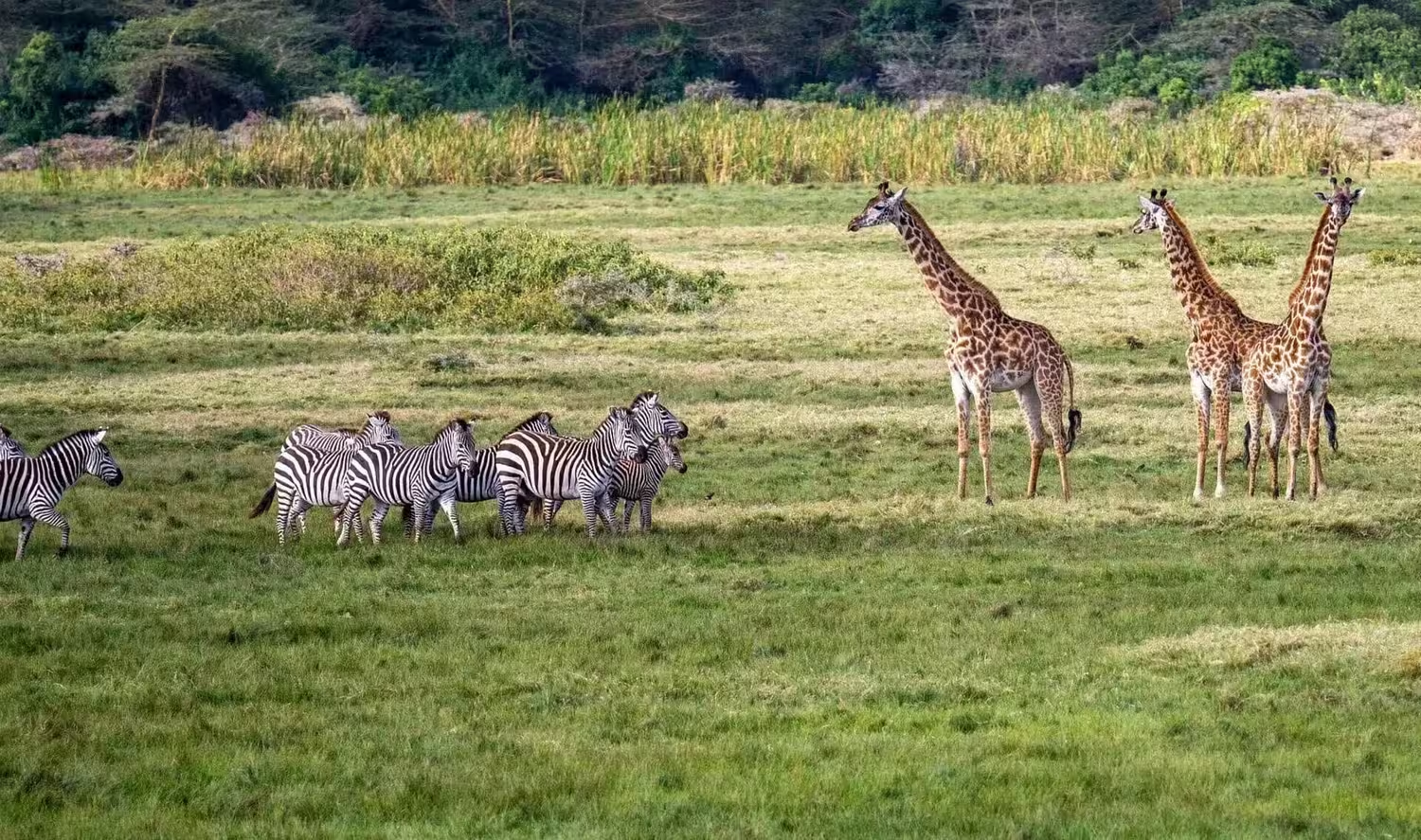Arusha National Park
Arusha National Park
Arusha National Park in Tanzania is a nature lover’s dream come true. Established in 1960, this 137-square-kilometer gem boasts lush forests, stunning lakes, and the majestic Mount Meru. It’s a diverse playground for wildlife enthusiasts, featuring giraffes, zebras, buffalo, and more.
Speaking of Mount Meru, it’s the fifth-highest peak in Africa and a magnet for trekkers and adventure seekers. The trails offer challenging yet rewarding experiences with breathtaking views of the surrounding savannah and wildlife below.
Wildlife is abundant here. Picture the Momela Lakes adorned with flamingos, dense forests harboring black-and-white colobus monkeys, and the iconic sight of giraffes gracefully roaming the park. It is home to the world’s largest population of giraffes. The park is also home to over 400 species of birds, making it a great place for birdwatchers.
Arusha National Park Safari Tours

6 Days
Serengeti & Arusha Safari
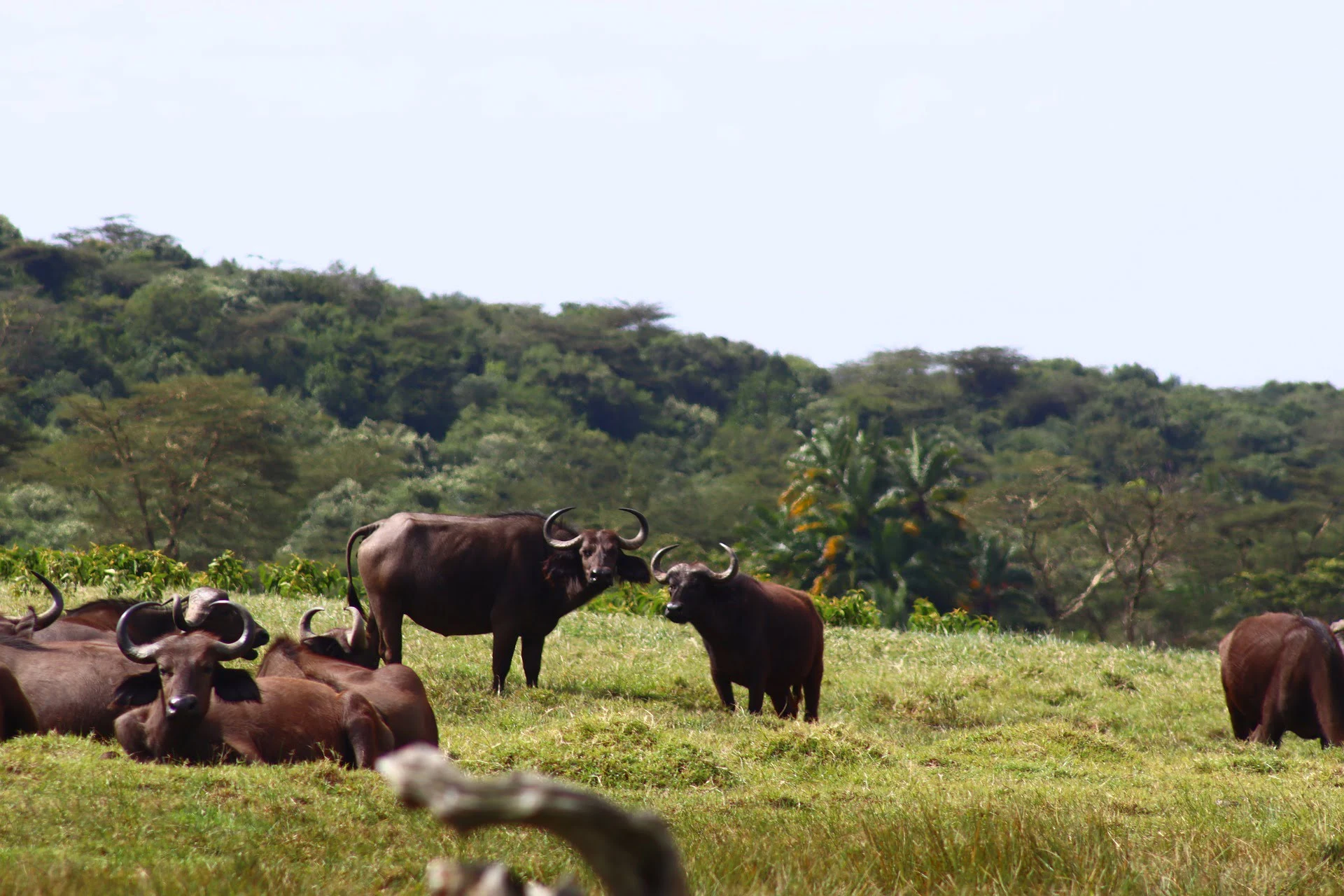
1 Day
Arusha Safari
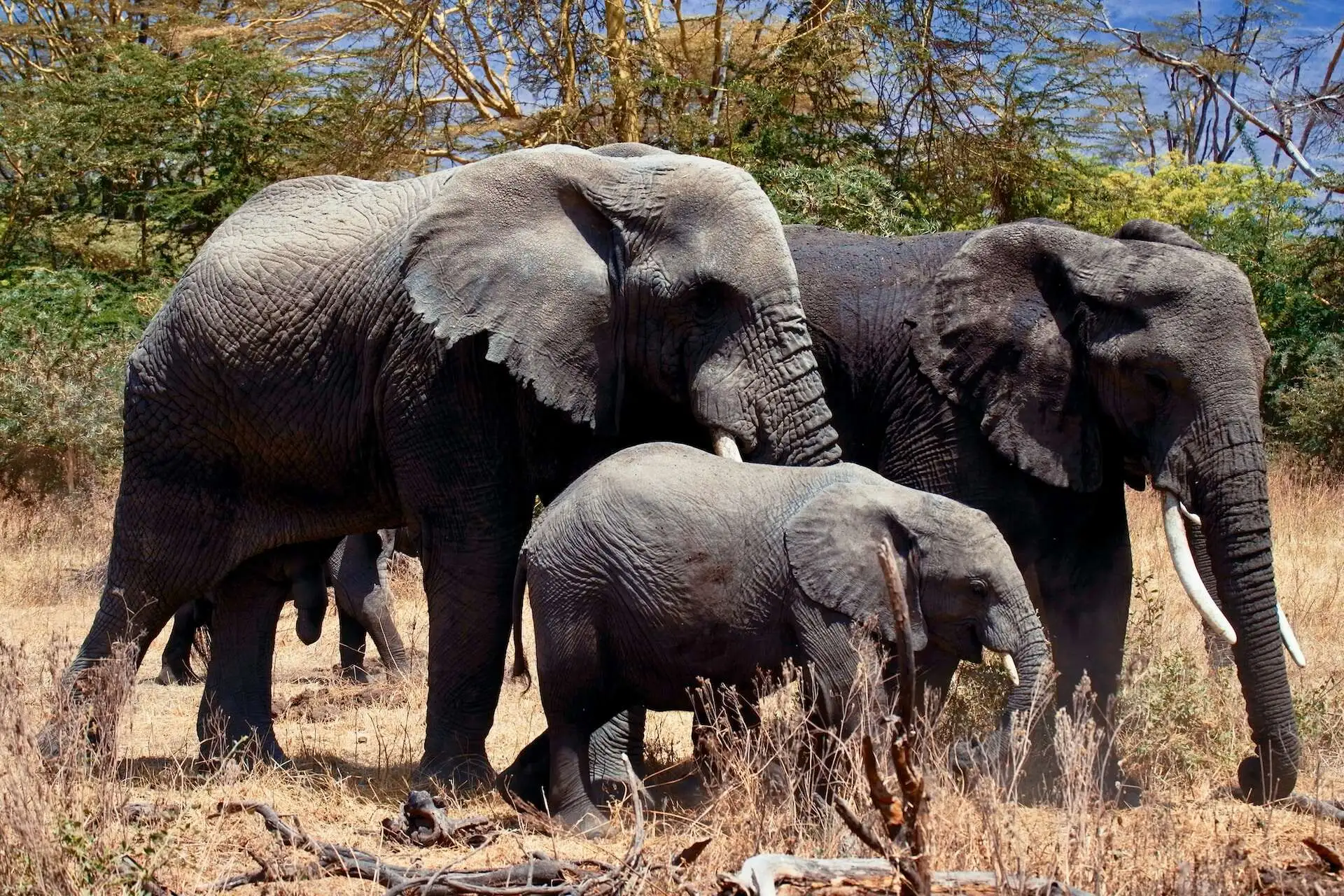
5 Days
Arusha & Ngorongoro Safari
Wildlife in Arusha

Welcome to Arusha National Park, a real haven for wildlife lovers! This place is a hotspot for iconic African species, like giraffes, zebras, and buffalo, casually strolling through the vast savannah – a sight that will truly captivate you.
Venture into the dense forests, and you’ll encounter a lively community of black-and-white colobus monkeys. Keep your eyes peeled, and you might catch a glimpse of the resident warthogs.
It is also home to the world’s largest population of giraffes. You will find a large population of wildebeest and zebra in the “little Serengeti” area, and buffalos in the Ujambo wa Mbogo. Ngurdoto Crater is famous for black rhinos, zebras, and giraffes, and Momela Lakes for flamingos. Also, this park is a great place for birdwatchers, with over 400 species of birds.
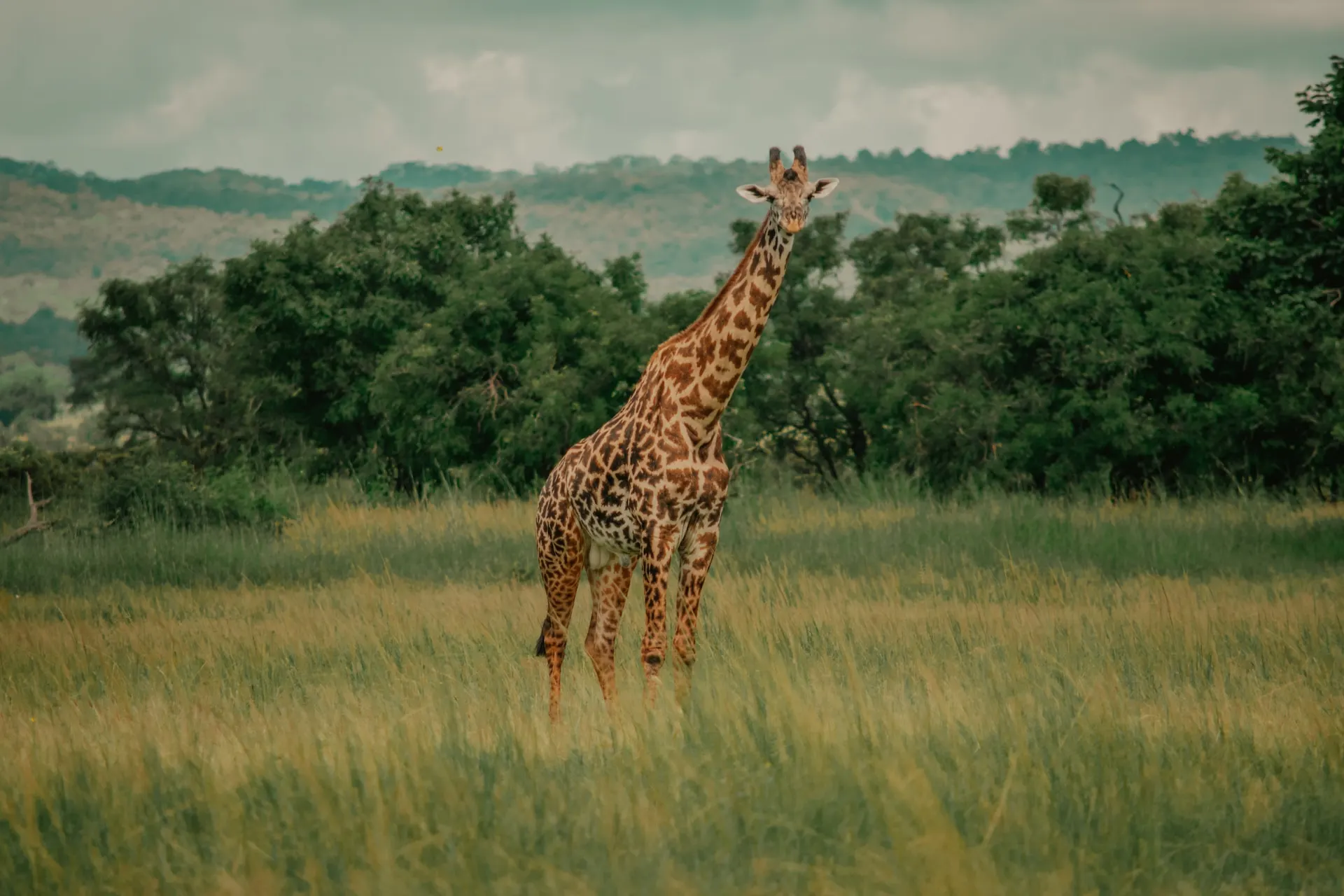
Mammals
- Giraffe
- Zebra
- African Bush Elephant
- Black-and-white Colobus Monkey
- Wildebeest
- Warthog
- Klipspringer
- Red Duiker
- Dik-dik
- Black-backed Jackal
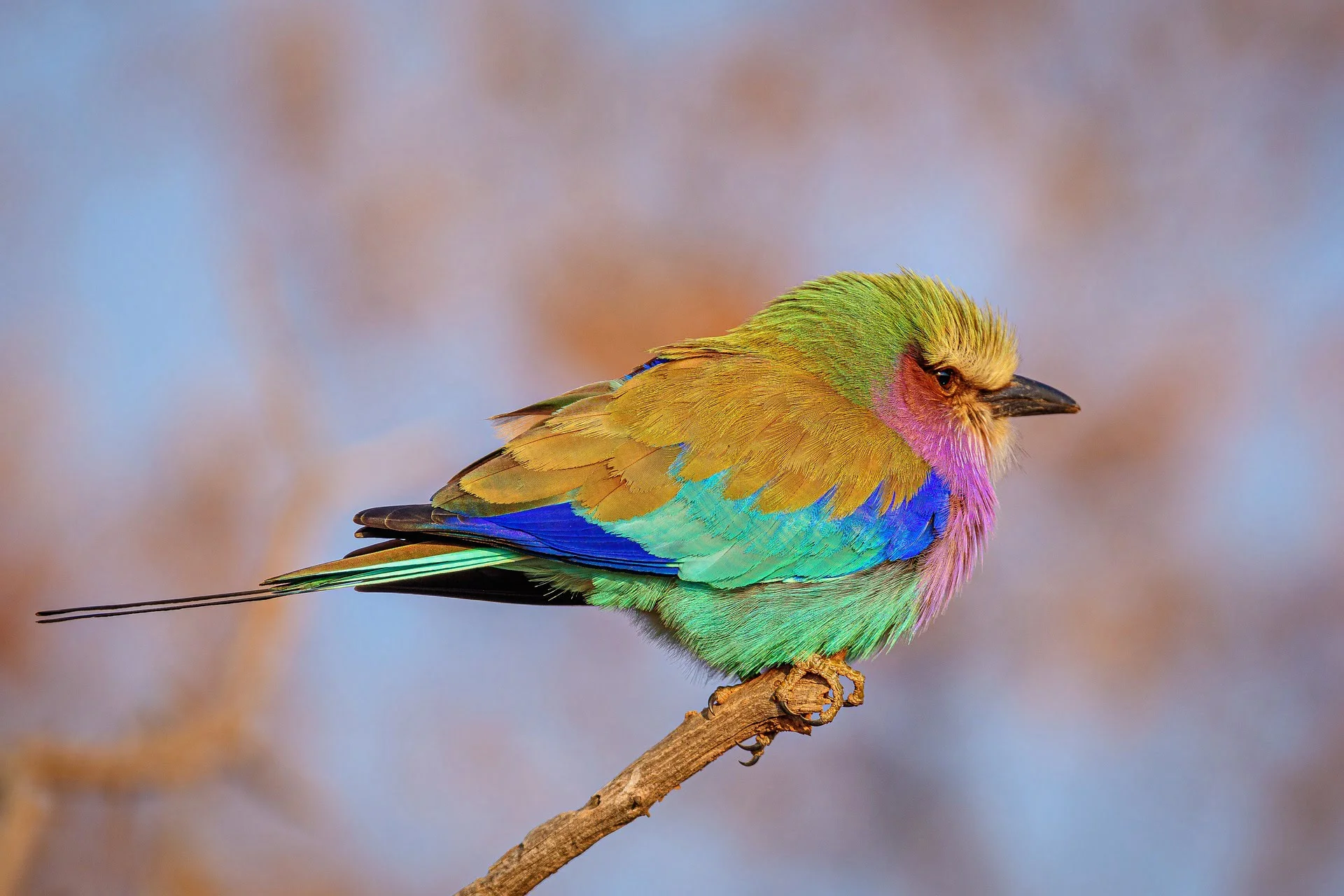
Birds
- Fischer’s Turaco
- Hartlaub’s Trogon
- African Fish Eagle
- Martial Eagle
- Secretary Bird
- Lilac-breasted Roller
- Yellow-billed Hornbill
- Grey-crowned Crane
- Red-billed Oxpecker
- Black-headed Heron
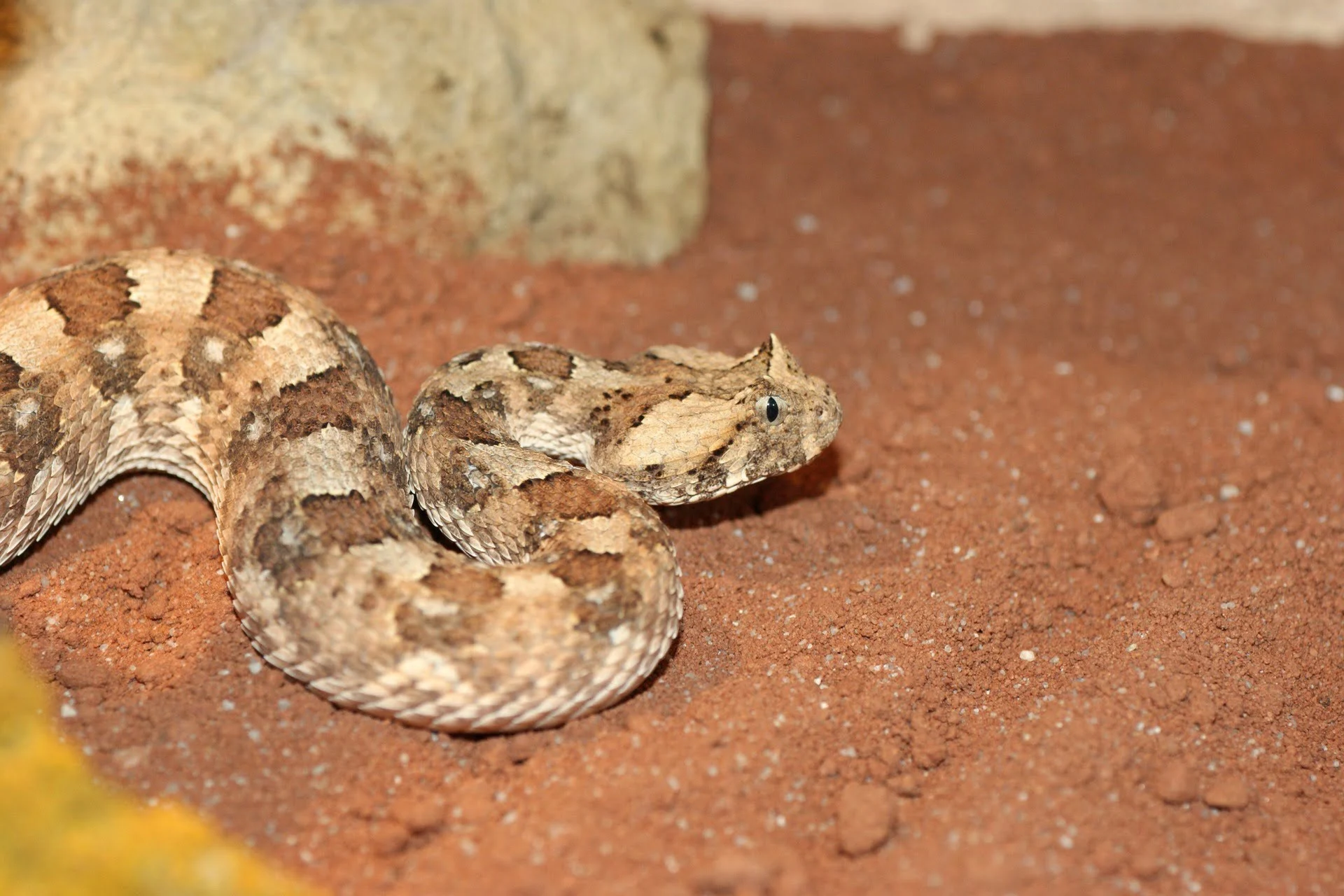
Reptiles
- Southern African Python
- Puff Adder
- Loveridge’s Garter Snake
- Egyptian Cobra
- Gracile Chameleon
- Side-striped Chameleon
- Variable Agama
- Jackson’s Forest Lizard
- Boulenger’s Scrub-lizard
- Merker’s Worm-snake
Best Time to Visit Arusha National Park
The best time to explore Arusha National Park is during the dry season, from June to October. This period offers clear skies and great visibility, making it perfect for spotting wildlife. The weather is comfortable, allowing you to fully enjoy outdoor activities like safaris and hiking without worrying about rain.
It’s wise to steer clear of the wet season, usually from March to May, as the park can get muddy, and some roads may be challenging to navigate. Another favorable time is from December to February when the weather is pleasant, and the landscapes are lush.
Do keep in mind that the dry season tends to be the busiest with tourists, so plan accordingly if you prefer a more serene experience. If you’re into birdwatching, the wet season attracts migratory birds, providing a unique and equally delightful encounter with nature.

Prime Times for Arusha’s Natural Events
Hiking Mount Meru
(June to September)
The dry season is the ideal time for a challenging yet rewarding hike up Mount Meru, Tanzania’s second-highest mountain. Clear skies and minimal rain make this period perfect for conquering the summit and enjoying breathtaking panoramic views.
Wildflower Bloom
(March to May)
Embrace the magic of the rainy season as the park transforms into a vibrant canvas of wildflowers. The landscape bursts into color with hues of pink, purple, yellow, and blue, creating a truly enchanting atmosphere with the sweet scent of blooming flowers.
Canoeing on the Momella Lakes
(October to April)
For a peaceful experience, canoe on the tranquil waters of the Momella Lakes during this period. Encounter diverse wildlife, including flamingos, hippos, and crocodiles, while enjoying the serenity of the lakes.
Ngurdoto Crater Rhino Trek
(December to February)
Embark on a unique trek into Ngurdoto Crater to encounter the endangered black rhino. This challenging trek offers insights into these magnificent creatures and the conservation efforts dedicated to their protection.
Arusha Climate
Arusha National Park has two main seasons. From March to May and October to December, it’s the rainy time with 600mm average annual rainfall. The park gets all green and lively with flowers and streams. But, be ready for muddy paths and occasional hiccups during your visit. In rainfall, temperature will vary from 18°C to 26°C
On the other side, the dry seasons Perfect for safaris and hiking, with temperatures between 22°C to 30°C run from June to September and January to February. These times are great for wildlife watching because the sky is clear and the weather is nice. Animals gather around water spots, making it perfect for safari lovers. The park’s charm changes with these seasons, giving visitors a mix of experiences.
Arusha climate chart
| Month | Jan | Feb | Mar | Apr | May | Jun | Jul | Aug | Sep | Oct | Nov | Dec |
|---|---|---|---|---|---|---|---|---|---|---|---|---|
| Min (°C) | 20 | 21 | 22 | 23 | 24 | 25 | 26 | 25 | 24 | 23 | 18 | 19 |
| Max (°C) | 28 | 29 | 30 | 29 | 28 | 27 | 26 | 27 | 28 | 29 | 26 | 27 |
How to Reach Tanzania
There are several ways to reach Tanzania, with the most common being flying into one of the country’s international airports. These airports include Julius Nyerere International Airport (DAR) in Dar es Salaam, Kilimanjaro International Airport (JRO) in Arusha, and Mwanza International Airport (MWZ).
You can easily access Tanzania from major cities worldwide through well known airlines such as Emirates, Qatar Airways, Turkish Airlines, Air India, IndiGo, Ethiopian Airlines, KLM Royal Dutch Airlines, Air France, British Airways, and Lufthansa. These airlines offer flights from various prominent airports around the world and ensure a convenient and worry-free journey to Tanzania.
Getting to the Arusha
Once in Tanzania, your journey to Arusha National Park revolves around one primary option by road.
From Kilimanjaro International Airport (JRO): Just 35 km (21 miles) from the park, it’s your closest hub. It will take 44 minutes to reach. Taxis, private transfers, or shuttle buses await your choice, promising a swift start to your Arusha adventure.
From Arusha Airport (ARK): Nestled in Arusha city, about 45 km (28 miles) away, this smaller airport is a convenient alternative with fewer international flights. It will take around 56 minutes to reach. Ideal if you’re already in Arusha, transportation options from here seamlessly usher you into the natural wonders of Arusha National Park.

Ready for an unforgettable Arusha safari experience? Book your adventure with us today!

